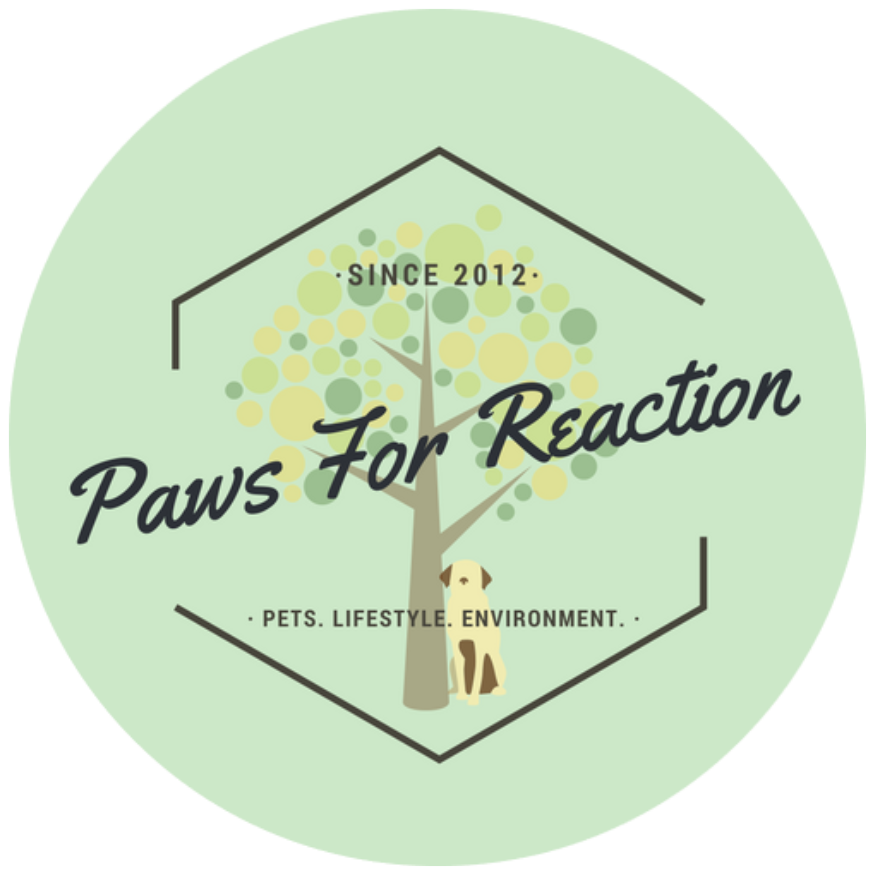Rabies risks: Thinking about not vaccinating your pet against rabies? Here's what you need to know
I'm one of the many folks across the world anxiously waiting for a COVID-19 vaccine. Vaccines are one of the most impactful inventions for humanity, and working in veterinary medicine has allowed me to experience first hand the power of vaccines. Watching a puppy die from canine parvovirus is a devastating experience, but it has given me a deeper respect for vaccines. Especially the rabies vaccine. Rabies is a fatal disease that affects mammals. Rabies is a zoonotic disease, meaning it can be transmitted from animals to humans. Non-mammals, including fish, poultry, birds, reptiles, and amphibians can’t get rabies. Rabies is spread through the saliva of an infected animal. The animal bites a human or animal, breaking the skin, and the infected saliva gets into the wound, passing the disease on to the victim. You can also become infected by getting saliva, brain or spinal tissue from an infected animal (dead or alive) in an open cut, sore, wound, eyes, mouth, or nose.




















